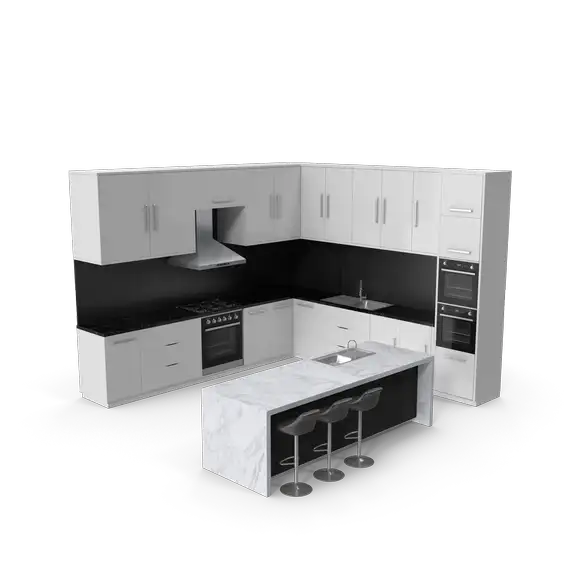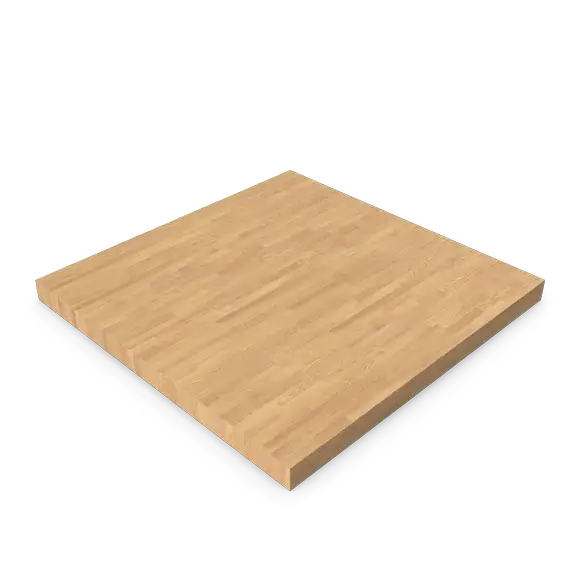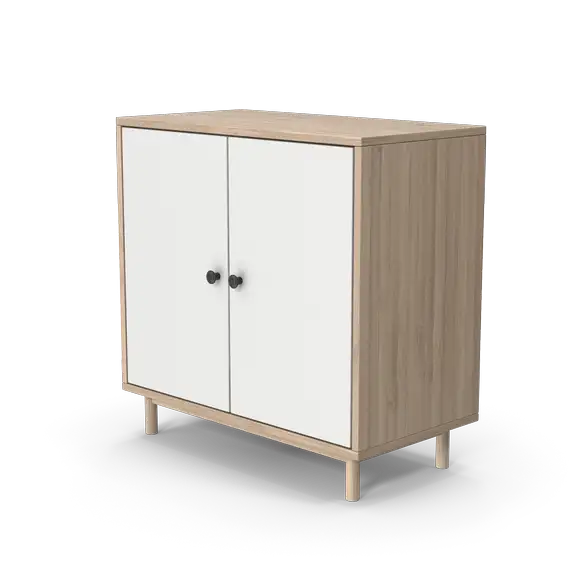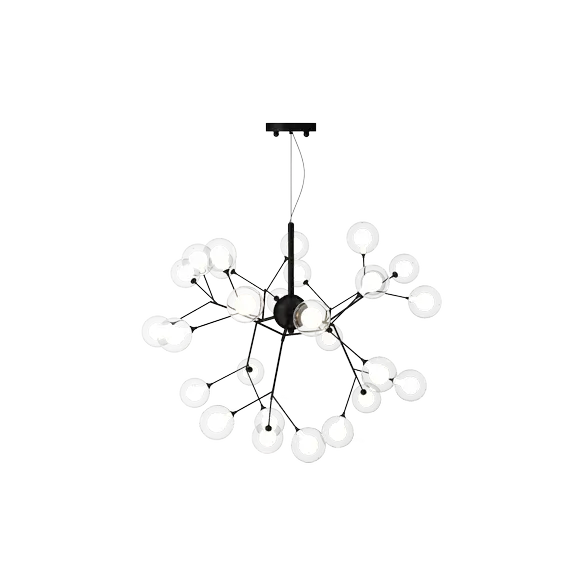A butt joint is a type of joint where two pieces of material, such as wood or drywall, are joined together at their ends without overlapping. This joint is commonly used in various construction and woodworking applications due to its simplicity and ease of assembly.
Definition and Characteristics
A butt joint involves aligning the ends of two pieces of material and securing them together, usually with nails, screws, or adhesives. This joint is characterized by its straightforward construction, which requires minimal preparation and tools. Because the ends of the materials are simply butted together, this joint can be quickly assembled, making it a popular choice for many projects.
Types of Butt Joints
There are several variations of butt joints, each suited for different applications:
- Simple Butt Joint: The basic form where two pieces are butted together and fastened.
- Reinforced Butt Joint: Uses additional elements like dowels, biscuits, or metal plates to strengthen the joint.
- Mitered Butt Joint: The ends of the materials are cut at an angle, usually 45 degrees, to form a corner.
Common Applications
Butt joints are widely used in both woodworking and construction. Some common applications include:
- Framing: In construction, butt joints are often used in the framing of walls and partitions.
- Furniture Making: Woodworkers use butt joints to assemble frames, boxes, and other structures.
- Drywall Installation: Butt joints are used to join sheets of drywall, creating smooth and even walls and ceilings.
Advantages of Butt Joints
One of the primary advantages of butt joints is their simplicity. They are easy to create, requiring only basic tools and skills. This makes them an excellent choice for beginners and for projects where speed is essential. Additionally, butt joints can be reinforced with various techniques, enhancing their strength and durability without complicating the assembly process.
Disadvantages of Butt Joints
Despite their simplicity, butt joints have some limitations. The primary disadvantage is their lack of inherent strength compared to other types of joints. Without reinforcement, butt joints can be weak and prone to separation under stress. Proper reinforcement and the use of high-quality adhesives can mitigate this issue, but it is important to consider the load-bearing requirements of the project when choosing this type of joint.
Techniques for Strengthening Butt Joints
To overcome the inherent weakness of butt joints, several techniques can be employed:
- Dowels and Biscuits: These wooden or composite pieces fit into slots or holes drilled into the ends of the materials, adding strength and alignment.
- Metal Plates and Brackets: Attaching metal reinforcement can significantly enhance the joint’s stability.
- Adhesives: Using strong wood glue or epoxy can help hold the joint together more securely.
Examples of Effective Butt Joints
- Picture Frames: Simple butt joints with mitered edges are commonly used in picture frame construction.
- Bookshelves: Butt joints reinforced with dowels are often used to assemble bookshelves.
- Drywall Seams: Butt joints are used to create seamless drywall installations, providing a smooth surface for painting or finishing.
Comparison with Other Joints
| Joint Type | Strength | Ease of Construction | Common Uses |
|---|---|---|---|
| Butt Joint | Moderate | Very Easy | Framing, furniture, drywall |
| Dovetail Joint | High | Difficult | Drawers, cabinets |
| Mortise and Tenon | High | Moderate | Chairs, tables |
| Lap Joint | Moderate | Easy | Boxes, frames |
Future Trends in Joint Technology
The future of joint technology in construction and woodworking focuses on improving strength and efficiency. Innovations include the use of advanced adhesives and reinforcement materials, as well as precision tools and techniques that allow for faster and more reliable joint assembly. These advancements aim to enhance the performance and durability of joints like the butt joint, making them suitable for a wider range of applications.
















